CAMP SLAYER, Iraq - Metal detectors, evidence bags, cameras, probes, mirrors, flashlights, shovels and ladders; add a David Caruso look alike and you have the makings of a good CSI: Miami episode.
Actually, at Camp Slayer, on the western edge of Baghdad, these tools make up an improvised explosive device search-kit used during a three-day Tactical Site Exploitation training class taught by the Counter-IED training team here.
Infantrymen, scouts and tankers from 2nd Battalion, 8th Cavalry Regiment, 1st Brigade Combat Team, 1st Cav. Division, ended a three-day class March 10 designed to provide them with more insight into how to search for weapon caches, IEDs, and what to do when they are found.
"For a lot of us, it is our first deployment. We haven't been out in sector and haven't done searches on caches," said Pvt. Tim Vansyckle, an infantryman from Dallas, assigned to the "Stallions" of 2nd Bn., 8th Cav. Regt. "It's helpful to get this training. We can share the information with other privates."
On the first day of class instructors provide Soldiers with the background and theory that must be employed when searching for and finding materials linked to IEDs and caches, said lead instructor, Sgt. 1st Class David Bollinger, a native of Sedgewickville, Mo., assigned to the 52nd Explosive Ordinance Disposal Brigade, Multi-National Corps-Iraq.
"The administration part of the class is good because it gives you a look at what goes on behind the scenes," said Vansyckle.
Soldiers get beyond the classroom on the second day, to training that emphasizes skill development. They practice tactics, techniques and procedures such as tactical questioning, cross-talking, cache characteristics, establishing a command point and cordoning off the search area, said Bollinger.
"Using the actual search-kit gives us an edge," said Vansyckle. "This is the first time for some of us to train on how to search caches. We need to be knowledgeable of how to work with this equipment."
Instructors constantly encourage teamwork among Soldiers while conducting searches.
"Any search needs to be systematic; cross-talking is important, everybody needs to be doing it, maybe your buddy will find something you didn't see," said C-IED instructor, Staff Sgt. Jerry Amis. "With vehicle searches, Soldiers need to be properly situated for tactical questioning."
On the last day of class, Soldiers got the chance to run a complete operation that consisted of clearing and searching a building, a vehicle, and a rural area.
"It is a culmination of everything they have learned," said Bollinger. He and his fellow instructors keep the training as realistic as possible and they don't make the caches too obvious for Soldiers to find.
"They used the roof for one of the caches!" said Sgt. Alexin Cobra, an infantryman, with 2nd Bn., 8th Regt. "Training was beneficial. Instructors were good at pointing out stuff and helping guys' think of new solutions, instead of giving them the answer. They had us reviewing any mistakes."
Bollinger instructs using positive reinforcement, but reminded Soldiers of their mistakes.
"I want them to have hard learning experiences if they miss something. If a Soldier knows his battle buddy could have been hurt because of something he did, he'll be more apt to watch for it next time," said Bollinger.
The class is open for all Soldiers, in order to better guide fellow Coalition forces and Iraqi Security Forces personnel on their mission to creating a safer Iraq. According to Bollinger, "Stallion" troopers are ready to run cache C-IED search battle drills and to integrate these skills into their daily missions outside the wire. It is a train the trainer class, so Soldiers are encouraged to take the knowledge gained and be proactive in their units.
"I've read training books on cache techniques, but I had never done this stuff before," said Spc. Mike Bowers, a forward observer from Atlanta. "Now, I have a much better perspective."
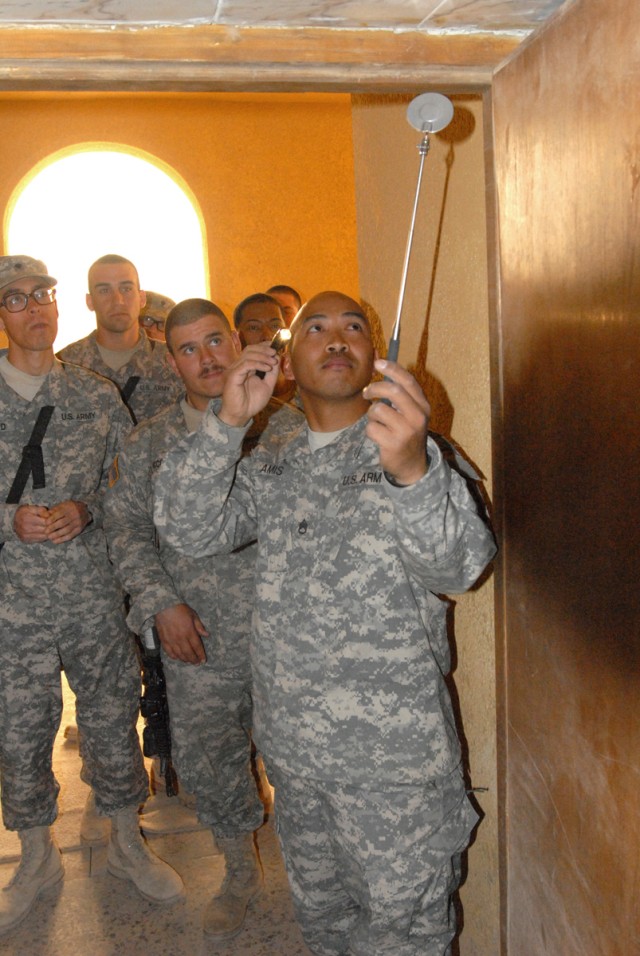
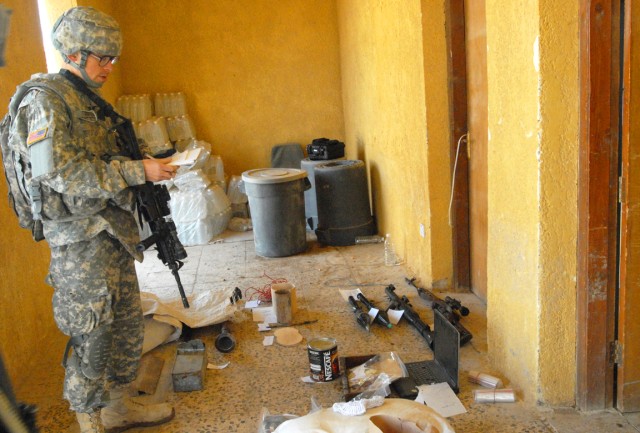
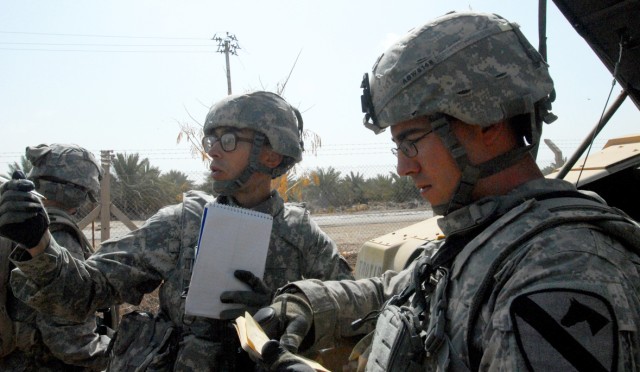
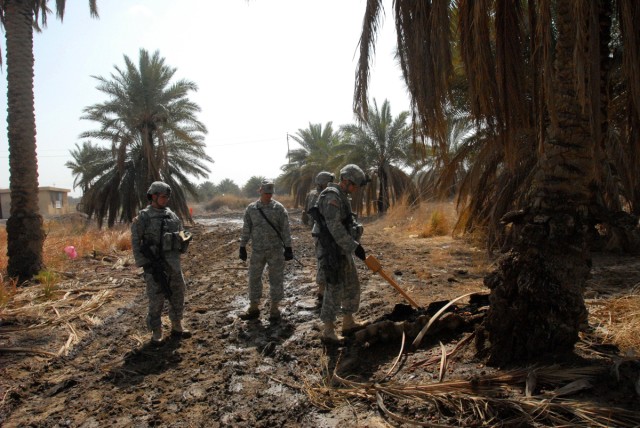
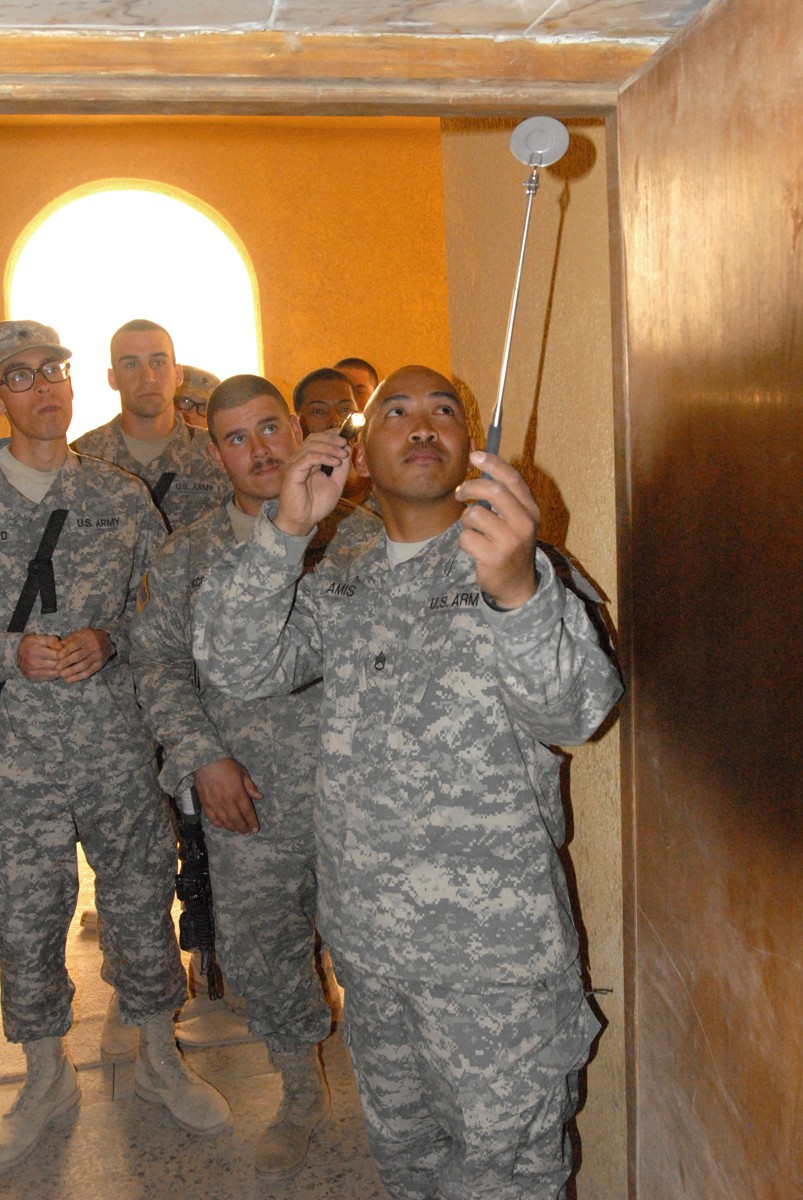
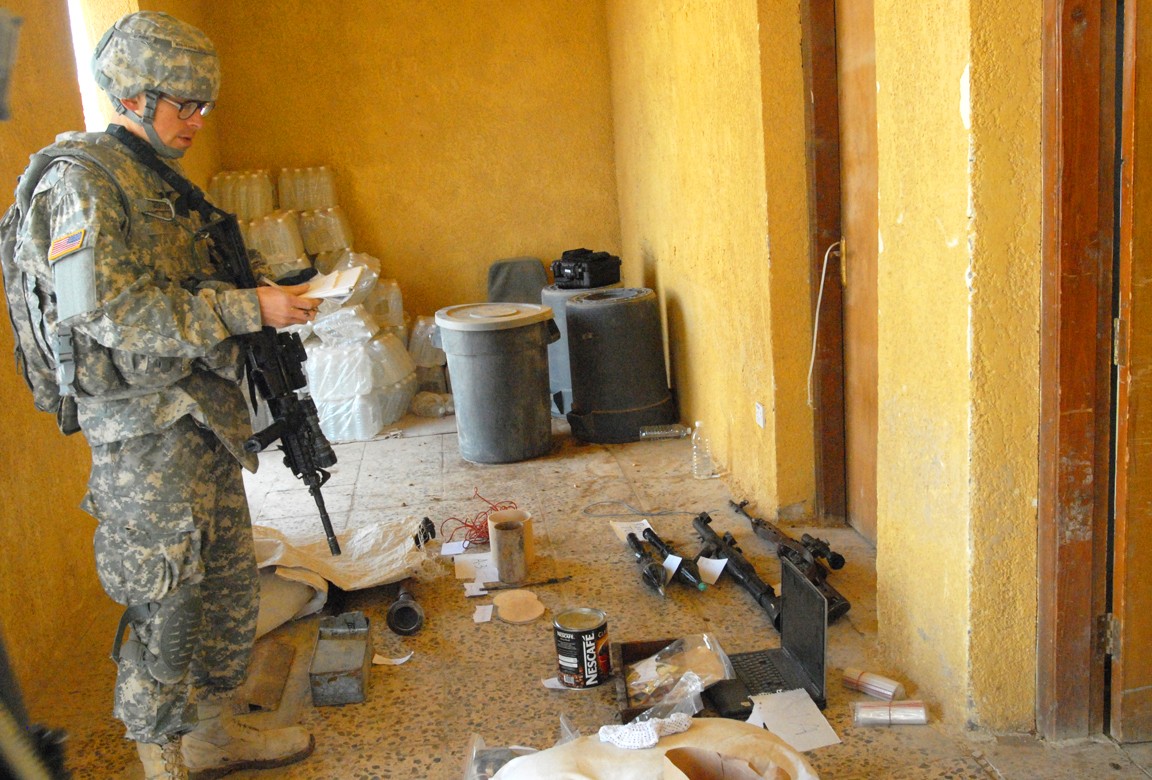
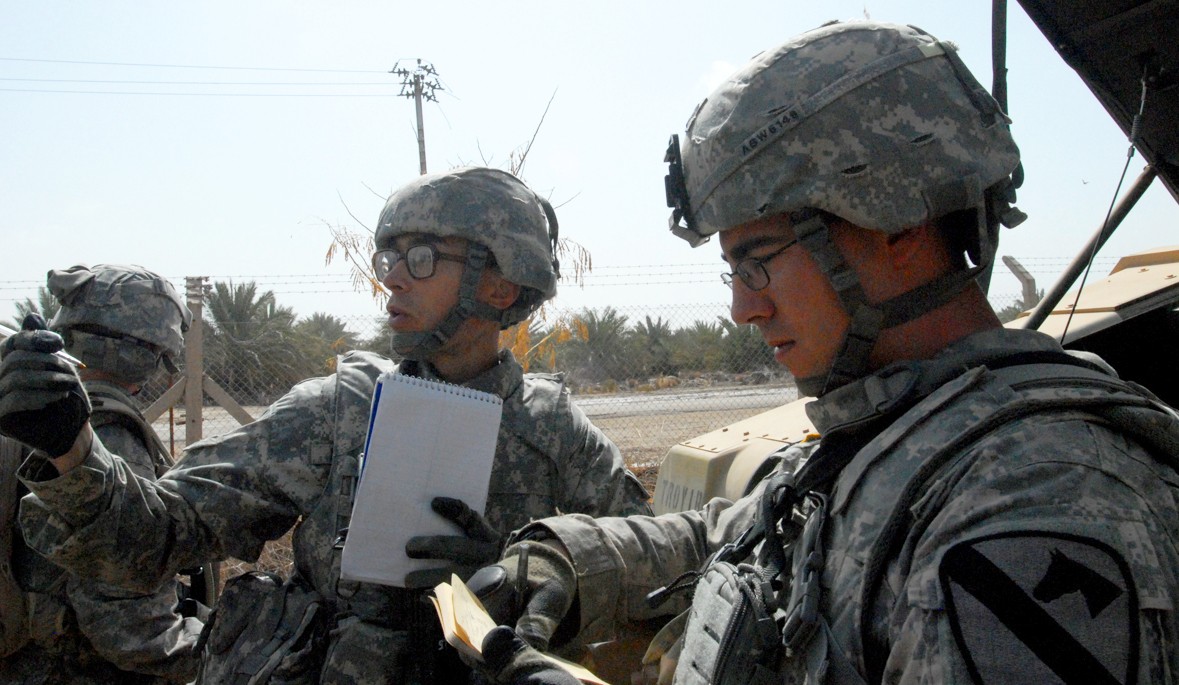

Social Sharing